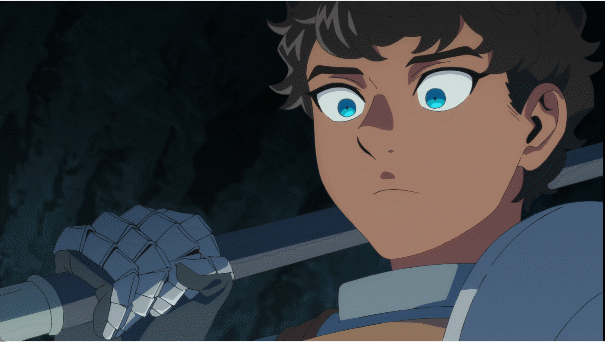Photo

My piece from Qpop’s The Horror of Mizuki Shigeru show.
Available for purchase!:http://store.qpopshop.com/ProductDetails.asp?ProductCode=MarikoYamashin%2DYokai
40 notes
·
View notes
Text
Genazo spoilers under the cut
When you think about it, Sayo, Hinoe and Toshiko could’ve genuinely understood and supported each-other. Latter two are both were blatantly unhappy with their situation: after all, Hinoe has herself tried to leave the village like Sayo, only to be forced to return, and Toshiko has gone as far to try to openly defy Tokisada’s will to protect Tokiya from being turned into his vessel.

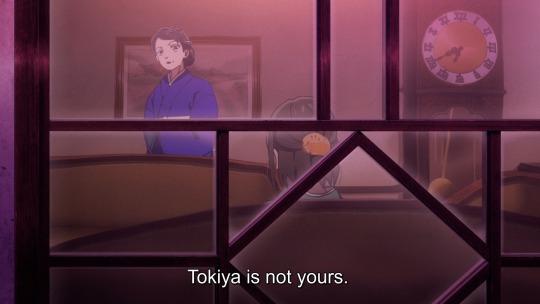
But in the end, they still treated Sayo like shit (based on what she said before being killed, I think Toshiko extended her anger towards Otome at Sayo, and with Hinoe I get the feeling she saw her younger self in Sayo, and wanted to destroy her hope out of self-hatred for ever wanting more), leaving her to drown in her despair and anger (with Tokiya, who can't help her on account on being, like, ten at most, as the only person in her life who cares for her), and I don't think they have supported each-other either.
#i just watched it and i thought exactly the same especially about hinoe#i wonder if 'brought her back' means that they had her spouse killed or just convinced her that she is ruined like they also convince sayo#also it seems that hinoe is considered useless because she has not had a child and probably not for a lack of attempts#ge
8 notes
·
View notes
Text
Genazo script cheat sheet
I translated Gegege no Nazo to English, and so I spent the last two days knee-deep into the movie script! It was very interesting, and it made me feel sympathy for fansubbers of Yore who would put long translation notes covering the entire screen... I was strong, but not strong enough to put sticky notes all over my personal copy though, so here's a collection of notes and observations from Genazo's script, somewhat following the movie chronologically. I will try to keep each item short.
I hope it helps you take a deeper look into this story!
Of course, this will contains spoilers.
It's...
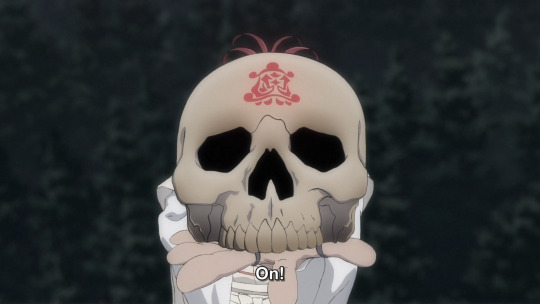
Nagura village's name
Naguramura, or Nagura Village, is 哭倉村.
哭 "naku" means crying, sobbing, wailing.
倉 "kura" is commonly found in names, for example like in the city of Kamakura. It means a storehouse, a warehouse.
村 "mura" is village.
"Naguramura" is the village that stores/houses cries.
Ryuga's name
Ryuga is spelled 龍賀.
龍 "ryuu" means "dragon".
賀 "ka" means celebration. You find it on nengajo, greeting cards for the New Year, in the expression "賀正", "Happy New Year".
It gives the impression of a very noble and auspicious name.
"Let's pray for a safe return this time..."
From the exchange between the president and the manager of the Blood Bank, implying that before Mizuki others were sent to Nagura Village.
Train to Nagura Village
It has Gegero's very first line, and I wasn't sure how to translate it.
"おぬし 死相が出ておるぞ"
"onushi, shisou ga dete oru zo"
"You have one foot in the grave."
I initially hesitated putting in :
"The shadow of death looms over you."
But I went for the former. I take no credit for this translation : the trailers for the screenings in Hong Kong were subbed, and this line appears in the trailer so I played it safe and just reused it.
Indeed, the shadow of death follows Mizuki : the silhouettes appearing behind him are all wearing a military uniform.
Gyokusai
On the way to Nagura Village, Mizuki reminisces a dialogue from his superiors during the war :
"Since they've already announced their will to fight to death, it would look bad if they were still alive."
The original text says that the soldiers announced their "gyokusai", or their "honorable suicide". It evokes the idea that being made prisoner or coming back in defeat was an humiliation so great that dying was the most honorable alternative. So indeed, in the eyes of the army, Mizuki and his fellow soldiers surviving after announcing their will to die in battle "looks bad."
Honestly gyokusai deserves its own post given how important a notion it is in Genazo and beyond ; it's the main topic of Mizuki Shigeru's manga "Soin Gyokusai Seyo" ("Onwards Towards Our Noble Deaths"), which is directly referenced multiple times. Mizuki's war flashbacks are all based on scenes from the manga, and the protagonist makes a silent appearance in a scene. (He's the man with glasses standing behind Mizuki when the officer is telling them he won't be joining them in their suicide mission.)
Kawakami Tetsuharu's "2000 hits"
Upon meeting Mizuki, Tokiya asks him about Kawakami, and Mizuki promises to talk about the story of "Kawakami's 2000 hits" if he gets the chance.
Kawakami Tetsuharu was a baseball player known as "The God Of Batting" , and became the first in the history of Japanese professional baseball to achieve 2,000 hits, playing professionally for 18 years.
"The strange local deity"
Katsunori mentions that the village worships what he calls "a strange local deity" that has its dedicated shrine atop a mountain. The head of the Ryuga family also acts as its shrine priest.
"Local deity" would be 土俗の神 (dozoku no kami) - Interestingly, in the subs provided by Amazon Prime, it reads the homonym "土属の神" (dozoku no kami) instead, changing the meaning to "A strange god of the earth." I genuinely wonder if it's a typo or intentional - as the village suffers from tremors, it would make sense for a god of the earth to be worshipped in order to prevent those, right?
After Tokimaro's body is found, the crowd keeps mentioning "the curse of Nagura-sama", which seems to be the name of said worshipped deity.
Otome calls those tremors "龍哭" "ryukaku", and you may recognize those kanji from earlier in the post : it's "dragon" and "crying" again. I chose to render it as "Dragon's Wail" in the subs - of course, these "wails" and tremors are caused by the Kyokotsu's held captive in the well, but the Ryuga choosing to perceive this phenomenon as a dragon makes sense: the dragon is a manifestation of their karmic debt and anxieties, anxieties that they carry in their family name itself.
(Interestingly, have you seen the big specter paw looming over Mizuki and Katsunori as they are first seen entering the Ryuga's mansion?...)
Tokisada's will reading scene:
- Otome is sitting in front of a door where cherry blossoms are painted.
- Tokisada's portrait is hanged on top of a painted dragon holding a pearl. It seems like a grand display of power and virtue at first, but if you take into account that the dragon represents Kyokotsu, plus Tokisada's fate at the end of the story... A dragon holding a, er, ball shaped object, has now a completely different impression in hindsight, doesn't it?
- Interestingly, Katsunori is sitting so that he appears in the dragon's maw, foreshadowing his defeat against Tokimaro who is sitting closer to the pearl.
Ore wo koroseeee!
Mizuki, who previously said he didn't want to die, is now seen running on the battlefield, shouting :
"殺せ! 殺せ!俺を殺せ !"
"korose! korose! ore wo korose!"
"Kill.. kill.... Kill me!"
It gives the initial impression that he's shouting to himself an order to kill his enemies, but then add the object "me" : as much as he wants to live, he's bracing himself to perform his suicide in battle.
It has become an iconic line so I was nervous about it. Because of the context, I ended up using this to keep a natural flow :
"Die... die.... let me die!"
Mizuki and Gegero's first exchange in Nagura Village.
...which also became very popular lines.
"1本 くれんか ?"
"ippon kurenka ?"
"やだね~"
"ya da ne~"
"Can you give me one?"
"No way~"
Gegero will repeat that "iya da ne / no way" at the end of the movie, to Tokisada.
Sengoku era armor
By inserting his fingers into his nose, Osada accesses a secret passage. Interestingly, it's when he approaches the same armor that Yamada falls into the basement at the beginning of the movie. It's still doing its job after all these years!
Keiji Sada
Hinoe mentions how Mizuki looks like Keiji Sada, a popular actor from the 40s to the 60s. He's super handsome! Google him!
Tokyo Tower
When talking with Tokiya, Mizuki mentions how "The world's tallest radio tower will soon be built in Tokyo." It refers to Tokyo Tower, finished in 1958, two years after the year the movie takes place in.
Gegero's "Hurry, go."
He might sound like he doesn't want much to do with Mizuki at this point, but he will tell Mizuki this exact same line with a different tone at the end of the movie.
Nezumi Otoko rowing the boat
When Mizuki fails to row the boat, he asks Nezumi Otoko to show him how to do it, to which he smugly answers "Why would I?" ("なんで俺が?") using "ore", a very casual pronoun to refer to oneself. But after Mizuki asks him "Please, sensei.", Nezumi quickly switches to the more polite and meek pronoun "boku". "Sensei? Sensei? Me?" (先生?先生?僕が?)
Maybe it's not important, but I wanted to talk about Nezumi Otoko and I found it very cute, okay. Mizuki mentions how Gegero is easy, but so is Nezumi.
Additionally, when rowing the boat, Nezumi sings:
"Yo soro~ Yo soro~"
"ヨーソローヨーソロー"
It's a kind of work song sung to stay motivated and keep a rhythm. "Yo soro~" comes from "ようそろ", "to keep it [the boat] steady".
I left is as "Heave-ho~ Heave-ho~" but I was this close to make him sing Row, row, row your boat, gently down the stream... (No.)
Nonnonba
After Mizuki learns of yokai, he tells Gegero:
"When I was a kid, the old lady who took care of me used to tell me stories about yokai often. I had no idea it was all real."
It refers to Mizuki Shigeru's work "Nonnonba to ore", a novel then a manga which also received two TV adaptations. It's the autobiographical story of his childhood in Sakaiminato relating his experiences with an old lady he called Nonnonba, who told him about yokai stories, and thus sparked Mizuki's own interest in yokai, inspiring him to include them in his stories in the future.
"You can't see things just by trying to see them with your eyes."
As Seki Toshihiko (Gegero's VA) mentioned, this line is reminiscent of one of the fox's line in Antoine de Saint-Exupery's The Little Prince :
“And now here is my secret, a very simple secret: It is only with the heart that one can see rightly; what is essential is invisible to the eye.”
"M"
While an elixir of immortality remains fictional, there is still some truth in the story of the "M" drug.
It's not confirmed by any mean, but "M" could very well stand for Metamphetamin ;
Japanese pharmaceutical companies were contracted during the war to produce metamphetamines towards war effort.
Tablets under the commercial name "Philopon" (also romanized hiropon) were distributed during WWII to soldiers and workers to increase productivity, leading to an addiction epidemic continuing well after the war, when the surplus production was dumped into the domestic market.
Kyokotsu
As usual in Gegege no Kitaro, it takes inspiration from foklore. So just like Gegero explains in the movie, Kyokotsu is the spirit of someone who died in a well, holding a grudge driving them mad.
"Love? That is some grandiose phrasing."
I guess the Japanese language is famous for being cautious in expressing one self, showing modesty and restraint when it comes to expressing feelings. The story of novelist Souseki Natsume choosing to translate the English "I love you." into "月がきれい" (tsuki ga kirei), "The moon is beautiful." is famous after all.
It's why Mizuki shows surprise at Gegero's many casual and direct uses of the word "love", 愛 "ai", an habit which he got from his wife.
Terrace scene
The Onmyoji are practictioners of Onmyodo.
The Kidoshu are a group of yokai-hunting onmyoji who appears in various Gegege media, most recently with Rei Isurugi in the 2018 anime.
Urakido, the "back/reverse/hidden" kidoshu, are as described by Gegero members of the Kidoshu who were banished for using what I translated as "forbidden techniques" as a shortcut. They were eventually employed by the Ryuga family.
To be more precise, the Urakido's technique is qualified as "外法" (geho), which means outside of Buddhist teachings with a negative connotation, relating to occultism and sorcery using skulls ("外法頭" geho atama, that Osada and Tokisada are seen using in the movie.)
Hence the idea of "forbidden" art or technique.
It's similar to the word "外道" (gedo), which also means outside of Buddhist teachings, but in the more neutral sense of "pagan" or "profane".
"On!"
The Japanese pronunciation of the mantra "Aum".
Memed to death by fans. Poor Osada.
"Come! All of you who hold grudges!"
Sayo's "Come! All of you who hold grudges!" line is repeated by Gegero at the end of the movie with the same wording.
Hinamatsuri and Hanami
At the end of the movie, Tokisada is sitting enjoying sake and hishimochi, sitting in front of a golden screen and on a red fabric. It's reminiscent of Hina matsuri, a spring festival celebrating little girls, where a specific doll set is displayed in celebrating households a few days before the festival. At the top of the doll set is the emperor and the empress, typically sitting on a red carpet in front of golden screens.
He invites Gegero and Mizuki to stop and enjoy the cherry blossom like they would be celebrating Hanami, or flower viewing ; an activity during spring where picnics are enjoyed under cherry blossoms in blooms. Sweet sake and pink, white, green colored dango are associated with Hanami.
The Blood Cherry Blossom
It's called 妖樹血桜 (yojuchizakura) "Bewitching Tree Blood Cherry Blossom", by Tokisada once in the script. Which is really a mouthful in English, so I consistently called it "The Blood Cherry Blossom".
"妖" is the same "yo" as in yokai, and it means suspicious, mysterious, bewitching. "樹" "ki" (or "ju" when compound), is tree.
So 妖樹 yoju, is a monster tree - meaning the tree itself is yokai...?
"It's a price we'll have to pay."
THE Mizuki line.
"ツケは払わなきゃな !"
"tsuke wa harawanakya na!"
I never thought about it before, but when it was finally time to translate this line I realized : what subject should I use? I? We? Who is paying the price?
Just before, Tokisada says:
"This... If you break this, the Kyokotsu will go wild... It'll destroy the entire country!"
And throughout the movie, there is that idea that all the villagers carry karmic debt, being agent of exploitation and imperialism by working for the Ryuga (Gegero explicitly says so.) - but not just them, Mizuki as well, was perpetuating this exploitation, was part of this collective responsibility, up until his encounter with Gegero changed him. His actions have had consequences, and he knows it, so...
"Hahahaha! It's a price we'll have to pay!"
made the more sense to me.
___
And that's all I wanted to say for today. Well... actually there's more, but this post has gotten way too long already. If you've read this far, thank you so much!
I hope you enjoy Gegege no Nazo as much as I did!

53 notes
·
View notes
Text
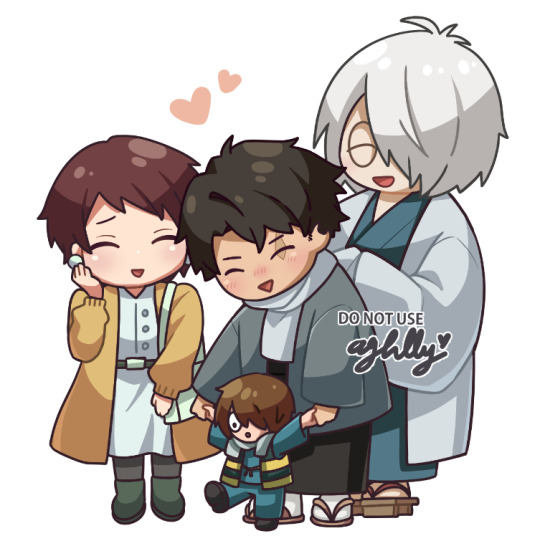
Genazo where absolutely nothing bad happen 🥲
36 notes
·
View notes
Text

Dungeon Meshi - Dryad soup bowl
3K notes
·
View notes
Text
gegege no nazo will be released on amazon jp for purchase on april 15 and unlimited streaming on april 29th. the dvd and blu-ray will be released on november 17th.
source 1 source 2 source 3
21 notes
·
View notes
Text
if i was in that pond i wouldve given narcissus the strap from behind while he gazed upon his own reflection
3K notes
·
View notes
Text
not going to harp on about it bc it’s outside this blog’s wheelhouse, but I love how people on 4chan discuss canned fish the way other people talk about indie music


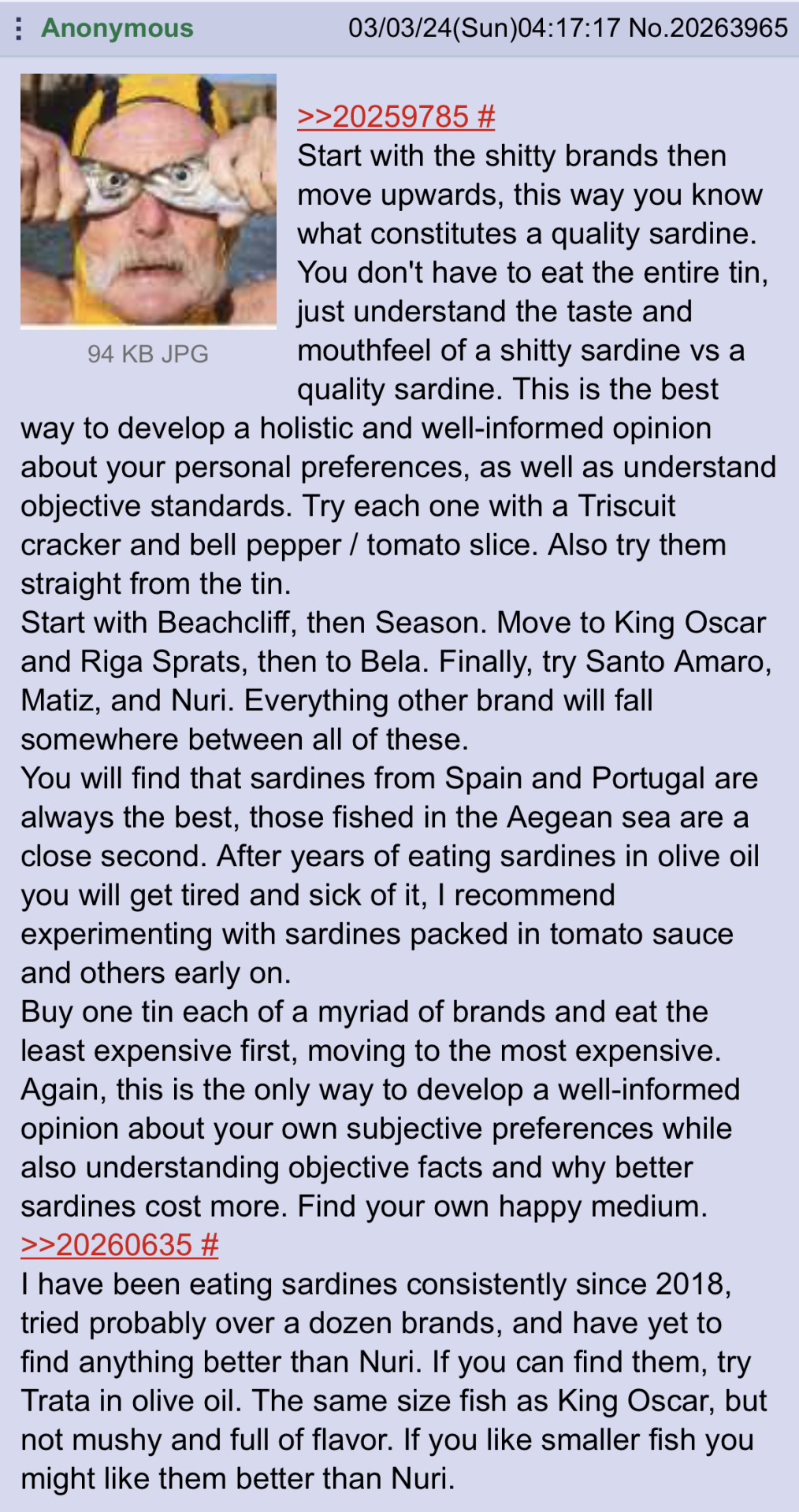
8K notes
·
View notes
Text
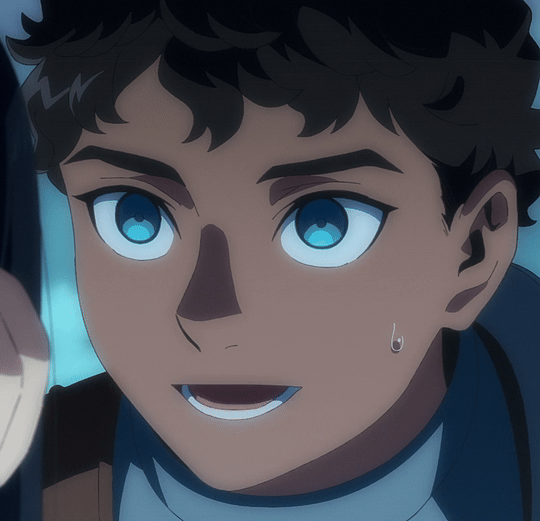



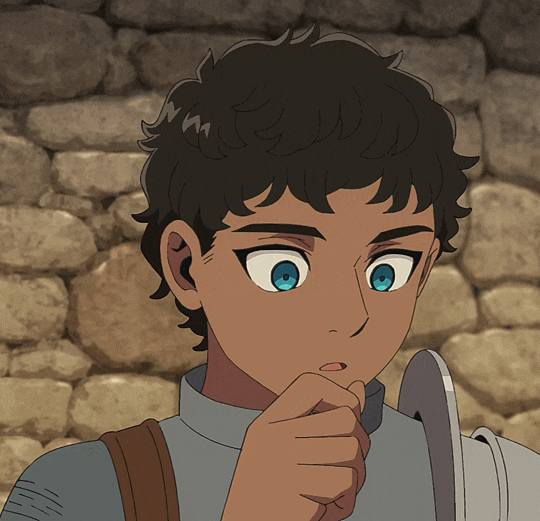
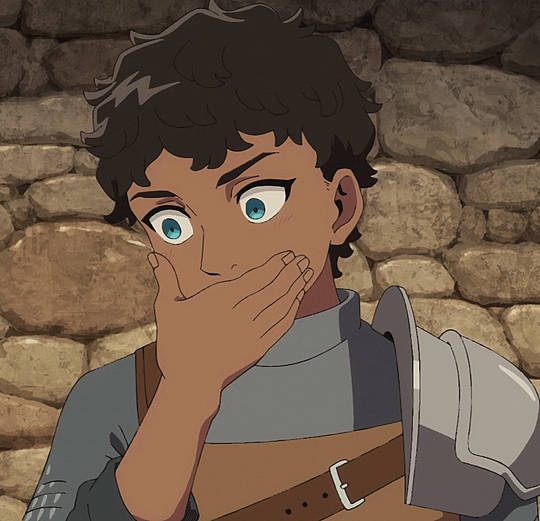


Kabru of Utaya || Dungeon Meshi 1x14
#i am OBSESSED with his discovering some delicious gossip expressions lmfao#one of my favorite panels is when he hears about the dark magic. literally cannot wait#dunmeshi
6K notes
·
View notes
Text
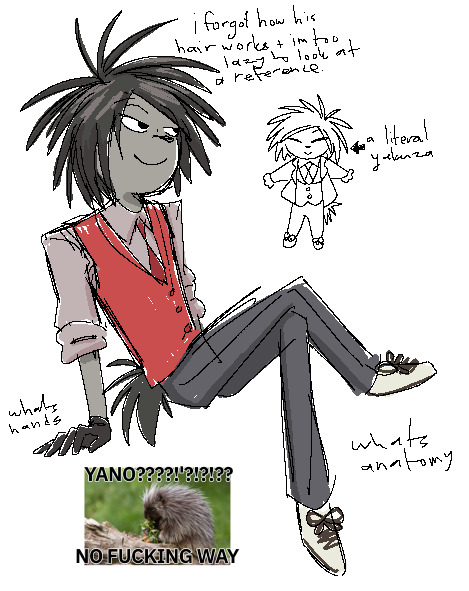
Shitty yano I did out of boredom
63 notes
·
View notes
Text

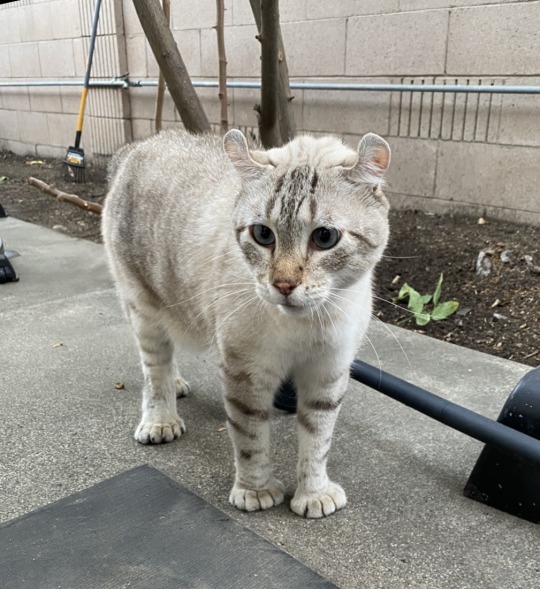
trying to sit outside and smoke earlier and the neighbors cat comes over looking like a creature that would live on an arctic tundra . In a snowy burrow. they chose to name this thing Lucas which makes it funnier
#this man has the royal flush of genetic mutations. you need to make him scratch your lottery card#chitty
10K notes
·
View notes
Text
Absolutely living for Laios’ English VA

53K notes
·
View notes
Photo
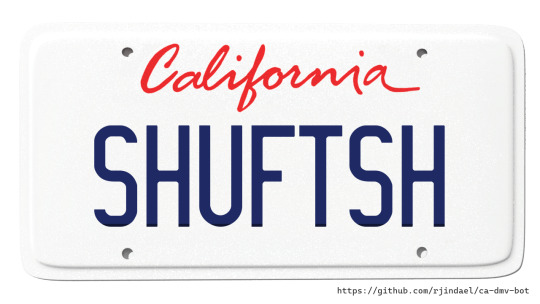
Customer: SHOE FETISH
DMV: SHOE FETISH
Verdict: ACCEPTED
18K notes
·
View notes
Text
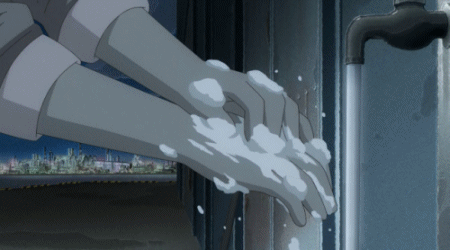
11 notes
·
View notes

